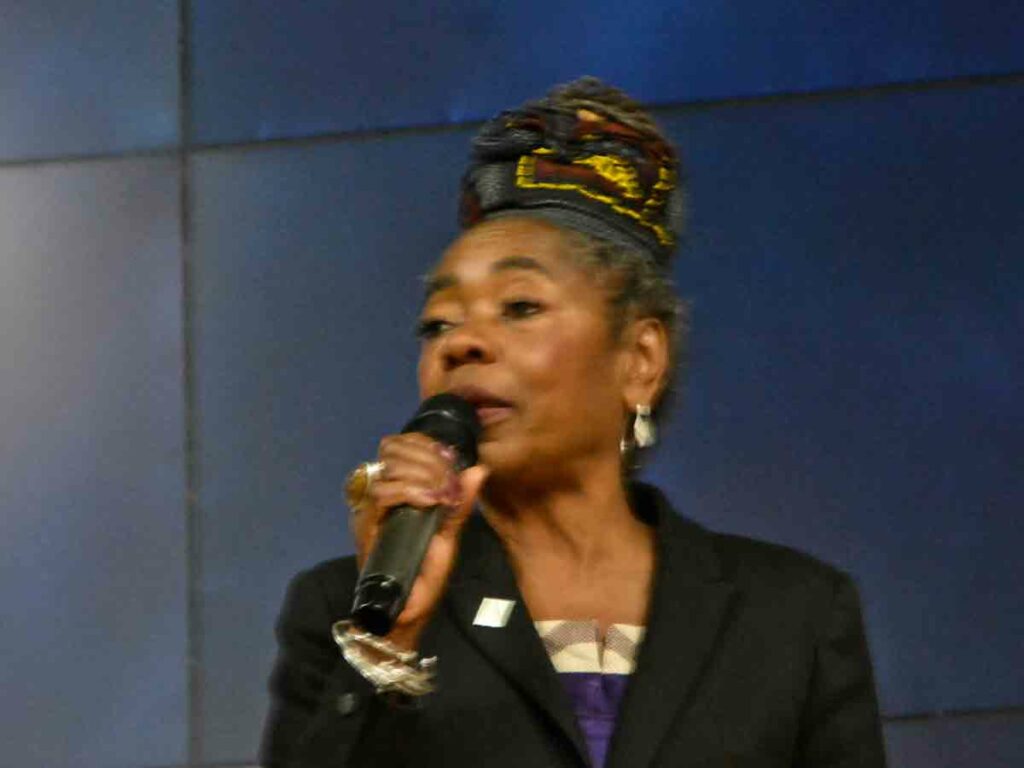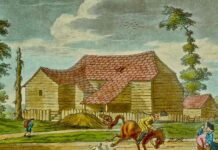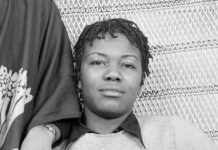
Lambeth council has created a website with details of local historic sites with proven links to the trans-Atlantic slave trade.
The sites include statues, monuments, and street names across the borough.
Cllr Sonia Winifred, council cabinet member for equalities and culture, told local residents: “We now want to hear your views on the small number of locations across the borough with proven links to the slave trade.”
She said the website details where the sites are and what their links are to the slave trade.
The website includes an interactive map where sites can be highlighted and comments left.
“Your views will help us to decide the future of these sites and future sites,” Cllr Winifred said.
“In Autumn 2020, I was proud to host the first event into this important work, which featured Deputy Mayor of London Debbie Weeks-Bernard and more than 1,000 local groups, residents, and national organisations to join in on the community discussion.
“Following this event, Lambeth Archives carried out extensive research and located a small number of sites in Lambeth with links to the slave trade.
“At the second meeting held earlier this month we shared where the sites are, what their links are to the slave trade, and it was an opportunity for attendees to share their views and ask questions.”
The review of statues, memorials and place names was announced in October 2020, following the killing of George Floyd in the USA and the mobilisation of the 2020 Black Lives Matter campaign.
“As a proudly diverse borough which has previously taken a lead on commemorating Black leaders in the late 20th century, we have committed to reviewing existing troubling or historic links and assess whether we can legally suggest new names or commemorations to mark the lives and contributions to key people who have made Lambeth the place we know today,” said Cllr Winifred.






